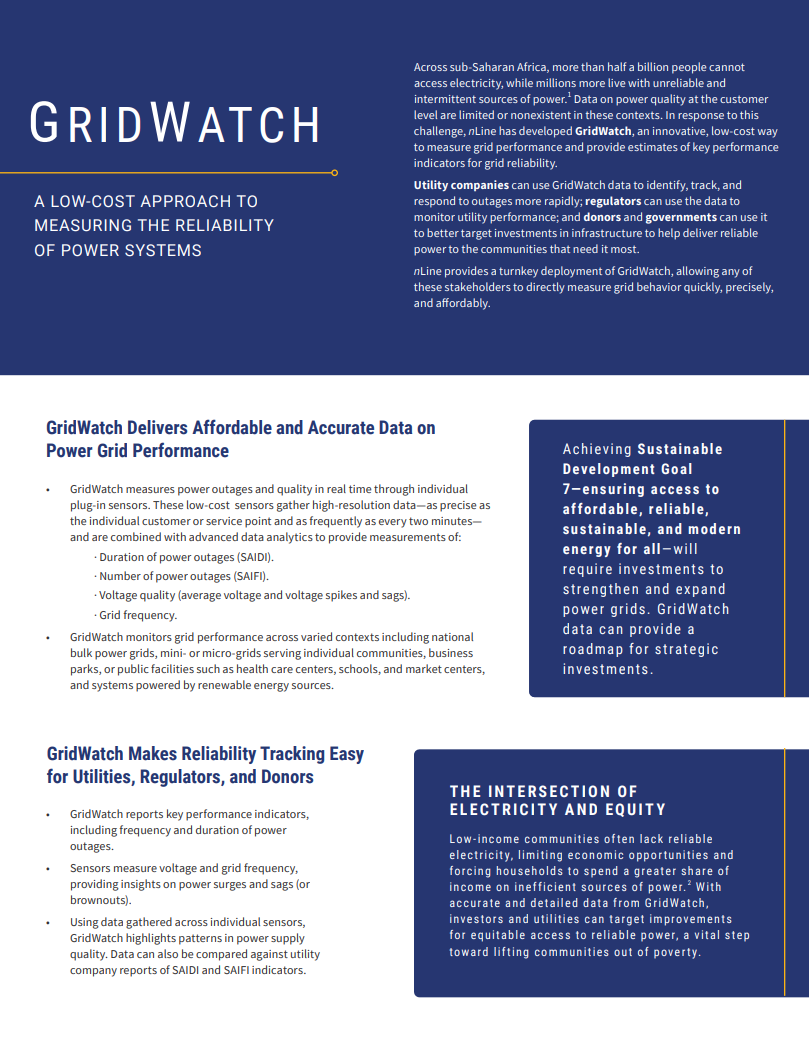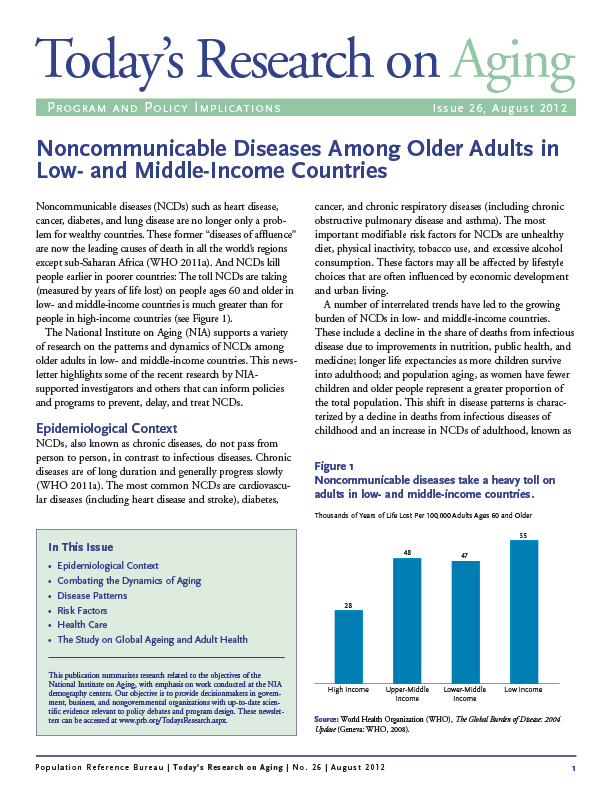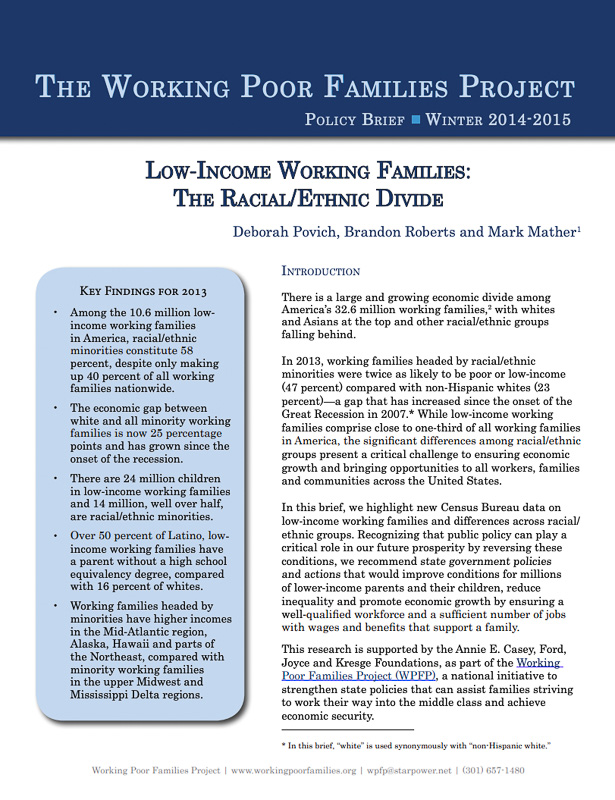How Poverty in the United States Is Measured and Why It Matters
A major goal of the White House’s Build Back Better Act is to reduce poverty in America. But how do we define and measure poverty—and what are the consequences?

A major goal of the White House’s Build Back Better Act is to reduce poverty in America. But how do we define and measure poverty—and what are the consequences?

Project: Research Technical Assistance Center (RTAC)
This fact sheet shares how companies can use GridWatch data to identify, track, and respond to outages more rapidly.
(2010) Over the past 20 years, the number of Latino children under age 18 living in the United States has doubled, making them one of the fastest-growing segments of the national population.
We help to produce state-level estimates of the number and characteristics of low-income and poor working families using data from the American Community Survey and the Current Population Survey.

Project: Demography and Economics of Aging and Alzheimer’s Disease
Today's Research on Aging, Issue 26: For most people, the probability of having a physical or mental disability increases with age, as does the number of ailments they might have at any time—particularly after age 70.

Project: Working Poor Families Project
In 2013, U.S. working families headed by racial/ethnic minorities were twice as likely to be poor or low-income (47 percent) compared with non-Hispanic whites (23 percent) according to a new report from the Working Poor Families Project in collaboration with the Population Reference Bureau (PRB).